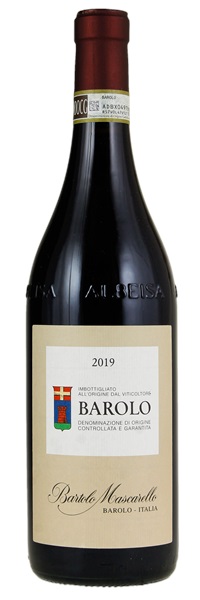Estimate

...decisive, vertical delivery of fruit (lots of "skeleton and bones") with a pretty moment of crunch, elegant acidic freshness and tannic structure.
...forward and linear wine, with rhubarb, pomegranate, and orange peel. It retains a medium body with a more direct nature, with refined tannins and racy acidity that is citrus-driven with notes of ripe apricot and red raspberry.
...very beautiful, delicate wine that captures the best this vintage has to offer. Gracious and light on its feet, with striking inner sweetness... Kirsch, rose petal, mint, hard candy, cedar and orange zest all grace this super-classic, perfumed Barolo.
Gorgeous, deep minerality and with, for the moment, shy but beautifully perfumed fruit. Lush and still youthful with fantastic ripe and sensual tannins and supple acidity. Near-perfect balance and elegance.